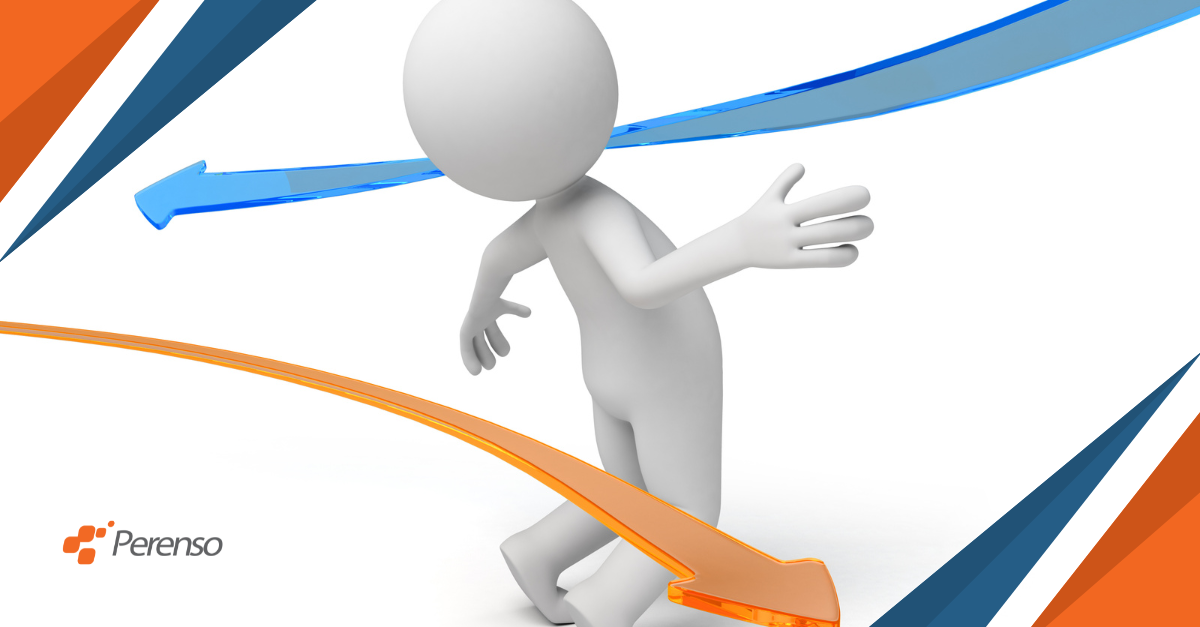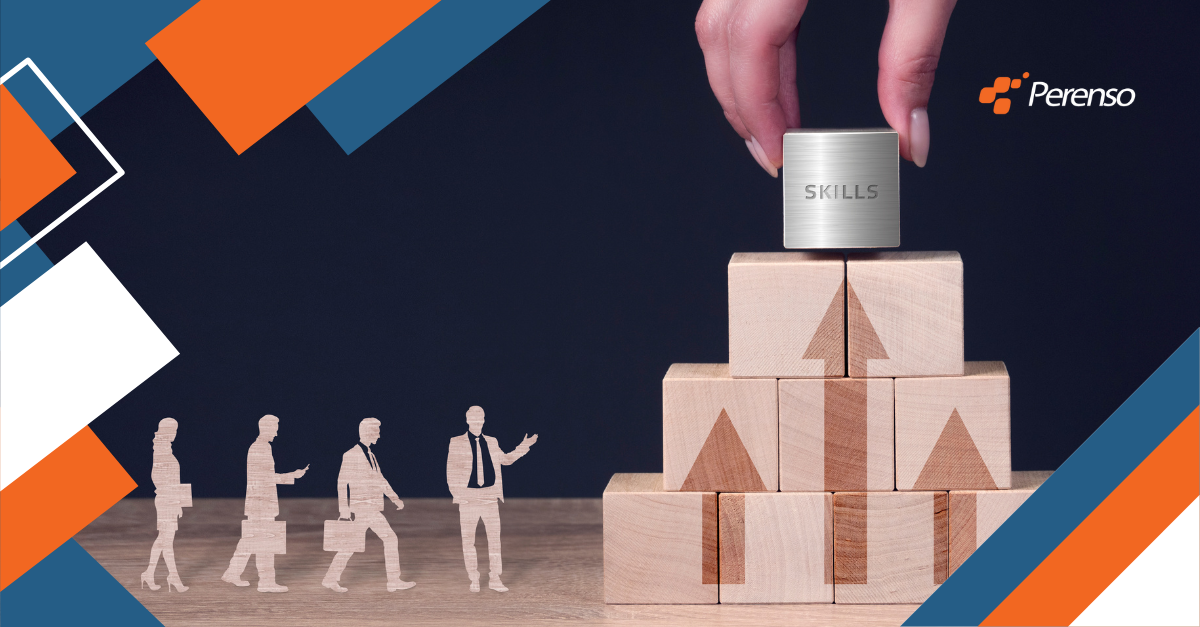B2B vs. B2C: Understanding the Key Differences
You may have heard the terms B2B, and B2C used before, but you may not understand how much they differ from each other. It's all just sales, right?
Actually, no.
B2B (business to business) and B2C (business to consumer) are more than just different customer bases. They’re different ways of approaching the sales process. Understanding the difference between these different models will help you engage with your customer base and find the right tools to improve your sales.
What is B2B?
B2B means businesses that sell to other businesses. In B2B, marketing and sales are geared toward the interests and needs of customers who are buying on behalf of their organization instead of themselves. Here are a few examples of B2B companies:- A marketing service that sells SEO, content strategy, and website management services to other companies.
- A company that sells interchangeable locks, custom keys, and key-tracking software to universities, hospitals, and retail chains.
- A sales enablement company that provides field sales automation and trade show software for other businesses.
What is B2C?
B2C means businesses that sell to individual consumers. In B2C, marketing and sales are geared toward the interests and needs of people in their day-to-day lives. Here are a few examples of B2C companies:
- A streaming service that provides TV shows and movies on-demand for a monthly subscription fee.
- A company that sells power tools and shop equipment to homeowners and DIY enthusiasts.
- An online delivery service where consumers can shop for various products and have them shipped to their homes.
In short, B2B sales solve a business problem or help employees do their jobs, while B2C sales solve a consumer's problem with a product or service. But the differences between the two go deeper than whom you sell to. It's also how you sell and the strategies you use.
Buyer Motivations
It’s no mystery that different groups of buyers have different motivations. B2B sales focus more on building long-term relationships with customers and showing a product or service's return on investment (ROI) for the buyer. B2C sales focus more on enjoyable content and quick solutions. Another way to look at it is that B2B sells ROI while B2C sells a lifestyle.
B2B Buyers Want Information
Since B2B markets primarily to businesses, those audiences want efficiency and expertise. They want to know what kind of ROI they can expect from their purchase and how their organization will benefit. B2B audiences want to buy things that make their company money or at least lower their costs. Because of this, B2B buyers are most likely to make a purchasing decision based on information, logic, and financial incentive.
B2C Buyers Want to Feel Good
A consumer audience is often responding to an urgent need at a much lower financial risk than a B2B audience. That means B2C sales are often emotionally-driven. There isn't as much focus on ROI with a B2C sale because it's not usually an expensive, long-term purchase. Consumer purchasing decisions are made by individuals, unlike B2B decisions, which often involve a large number of stakeholders. Because of this, consumers are most likely to make a purchasing decision based on emotion, impulse, and a good discount.
The Sales Cycle
You could think of the sales cycle as the marketer's perspective of the buyer's journey. This journey involves three stages:
- Awareness: The buyer has a problem or need and is searching for information to help them better understand and identify it.
- Consideration: The buyer has identified their problem or need and is researching options to solve it.
- Decision: The buyer has decided on a solution to their problem or need and is evaluating vendors for a final purchase decision.
Both B2B and B2C buyers go through the three steps of this journey, but they’ll progress through it at a different pace.
The time it takes customers to go through the buyer’s journey differs between B2B and B2C. Products and services for B2B tend to have a higher price tag, and purchases in this category generally involve a large number of stakeholders and a more complex evaluation process. With B2C, purchases are usually for an individual consumer who makes quicker buying decisions at a lower price risk.
Customer Relationships
With a long sales cycle and a desire for as much information as possible before making a purchase, a B2B audience will need a strong relationship with their sellers. And since the volume of sales for B2B products and services is usually lower than for B2C, B2B sales teams need to nurture relationships with customers.
For B2C, a shorter sales cycle and more emotionally-driven buying decisions usually translate to a higher volume of low-cost sales. B2C marketing generally doesn’t need to nurture relationships with customers to the same level as B2B.
Now that you know the difference between B2B and B2C, you’ll have a better understanding of how to approach your customer base. If you’re a B2B company, you can streamline your sales process with good B2B software.
Read through these case studies and see how Perenso has helped improve B2B sales for other companies.
You May Also Like
These Related Stories

How B2B Sales Software Can Transform Your Category Management Strategy

4 Mistakes to Avoid in Your B2B Sales Process


